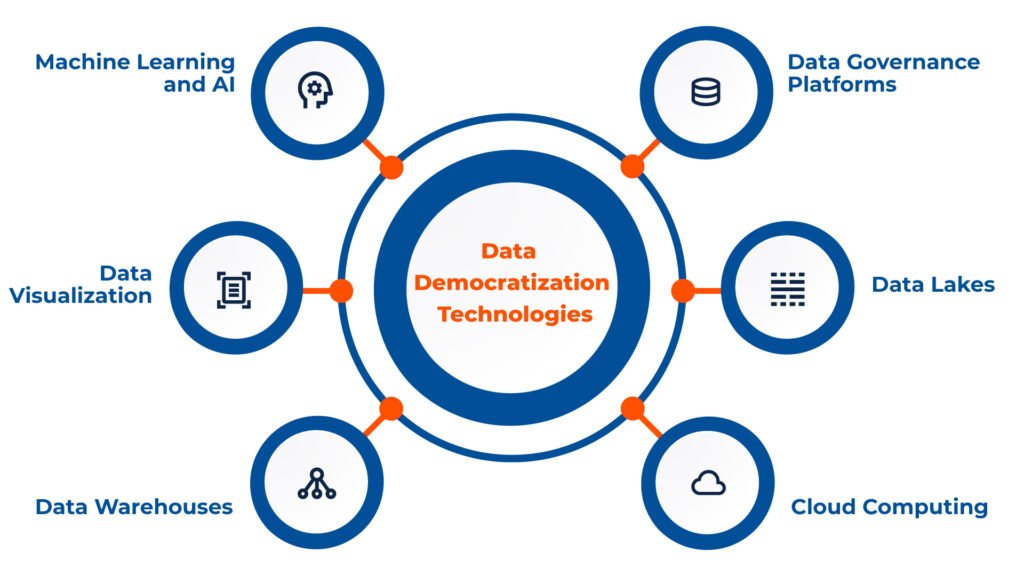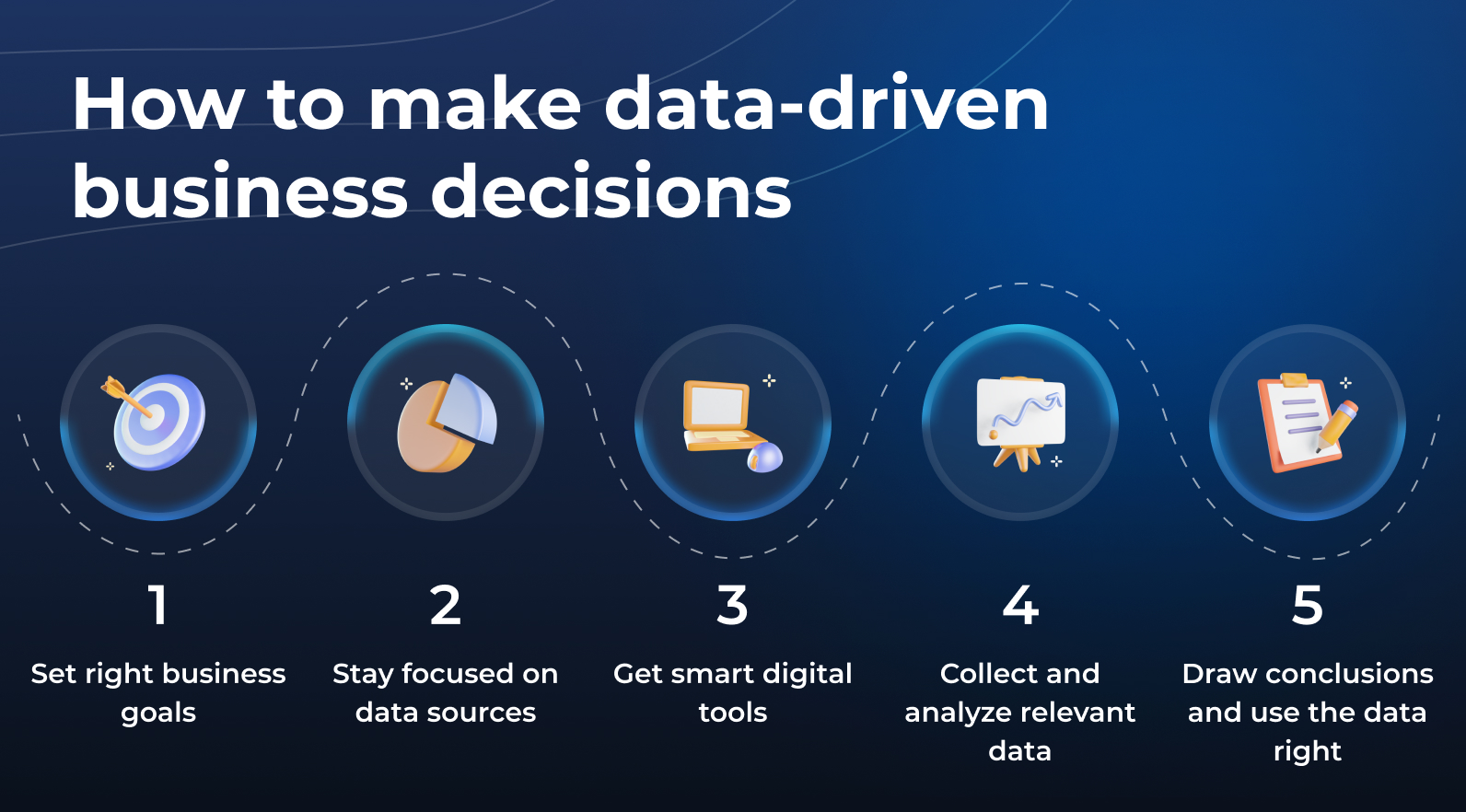P1]
In today’s data-rich world, organizations are constantly striving to unlock the hidden insights within their data to gain a competitive edge. However, accessing and understanding this data can often be a challenge, especially for non-technical users. This is where Metabase comes in.
Metabase is an open-source business intelligence (BI) tool designed to be accessible and user-friendly, allowing anyone within an organization to explore data, create dashboards, and gain valuable insights without requiring extensive SQL knowledge. It empowers data-driven decision-making by democratizing data access and making it easier for everyone to understand and utilize the information at their fingertips.
Key Features and Benefits of Metabase:
Metabase offers a wide range of features that contribute to its ease of use, flexibility, and effectiveness in enabling data exploration and analysis. Some of the key features and benefits include:
- User-Friendly Interface: Metabase boasts a clean and intuitive interface that is easy to navigate, even for users with limited technical expertise. The visual query builder allows users to construct queries without writing SQL, simply by dragging and dropping fields and applying filters.
- SQL Mode: While Metabase excels in its no-code approach, it also provides a powerful SQL mode for users who prefer to write their own queries. This caters to both technical and non-technical users, ensuring that everyone can leverage the tool effectively.
- Data Connectivity: Metabase supports a wide variety of databases, including popular options like PostgreSQL, MySQL, MongoDB, Snowflake, and Google BigQuery. This allows organizations to connect to their existing data sources without needing to migrate or transform their data.
- Dashboard Creation: Metabase allows users to create interactive and visually appealing dashboards that provide a comprehensive overview of key metrics and trends. These dashboards can be customized with different chart types, filters, and layouts to suit specific needs.
- Data Exploration: Metabase makes it easy to explore data and uncover hidden patterns. Users can drill down into specific data points, apply filters, and group data to gain a deeper understanding of the underlying information.
- Collaboration and Sharing: Metabase promotes collaboration by allowing users to share questions, dashboards, and insights with their colleagues. This fosters a data-driven culture within the organization and encourages everyone to contribute to the decision-making process.
- Alerting and Subscriptions: Metabase allows users to set up alerts that notify them when key metrics reach certain thresholds. This ensures that they are always aware of important changes in the data and can take action accordingly. Users can also subscribe to dashboards to receive regular updates via email or Slack.
- Open-Source and Self-Hosted: As an open-source tool, Metabase offers a high degree of flexibility and control. Organizations can self-host Metabase on their own infrastructure, ensuring data security and compliance. The open-source nature also allows for community contributions and customization.
- Embedding: Metabase dashboards and questions can be embedded into other applications and websites, providing a seamless data experience for users. This allows organizations to integrate data insights into their existing workflows and processes.
- Permissions and Security: Metabase offers granular permission controls that allow administrators to restrict access to sensitive data. This ensures that only authorized users can view and modify specific data sets and dashboards.
- REST API: Metabase provides a comprehensive REST API that allows developers to programmatically interact with the tool. This enables integration with other systems and automation of tasks.
Use Cases for Metabase:
Metabase can be used across a wide range of industries and departments to solve various data-related challenges. Some common use cases include:
- Marketing: Track website traffic, campaign performance, and customer acquisition costs.
- Sales: Monitor sales performance, identify top-performing products, and analyze customer behavior.
- Finance: Track revenue, expenses, and profitability.
- Operations: Monitor key operational metrics, identify bottlenecks, and optimize processes.
- Product Development: Track user engagement, identify areas for improvement, and measure the impact of new features.
- Customer Support: Monitor customer satisfaction, identify common issues, and track support ticket resolution times.
- Human Resources: Track employee performance, monitor employee turnover, and analyze diversity and inclusion metrics.

Getting Started with Metabase:
Getting started with Metabase is relatively straightforward. Here’s a general overview of the steps involved:
- Installation: Metabase can be installed on a variety of platforms, including Docker, Linux, macOS, and Windows. The official Metabase website provides detailed instructions for each platform.
- Connecting to Data Sources: Once Metabase is installed, the next step is to connect to your data sources. Metabase supports a wide range of databases, and the connection process is typically simple and intuitive.
- Exploring Data: After connecting to your data sources, you can start exploring the data using the Metabase query builder or SQL mode. You can create questions, apply filters, and group data to gain insights.
- Creating Dashboards: Once you have created some questions, you can add them to a dashboard to create a comprehensive overview of key metrics and trends. You can customize the dashboard layout, add filters, and choose different chart types.
- Sharing and Collaboration: Share your questions and dashboards with your colleagues to foster a data-driven culture within your organization. You can also set up alerts and subscriptions to stay informed about important changes in the data.
Metabase vs. Other BI Tools:
While there are many BI tools available on the market, Metabase stands out due to its focus on simplicity, accessibility, and open-source nature. Compared to more complex and expensive tools like Tableau or Power BI, Metabase offers a more streamlined and user-friendly experience, making it an ideal choice for organizations that are just starting their data journey or that have limited technical resources.
Here’s a brief comparison of Metabase with some other popular BI tools:
| Feature | Metabase | Tableau | Power BI |
|---|---|---|---|
| Ease of Use | Very User-Friendly | Complex, Steeper Learning Curve | Moderate Learning Curve |
| Pricing | Open-Source, Paid Cloud Hosting Available | Expensive, Subscription-Based | Subscription-Based |
| Data Sources | Wide Range, Supports Most Popular Databases | Wide Range, Strong Support for Cloud Data | Wide Range, Strong Integration with Azure |
| Visualization | Good, but Less Extensive than Tableau/Power BI | Extensive, Highly Customizable | Extensive, Highly Customizable |
| Collaboration | Good, Sharing and Embedding Options | Good, Sharing and Collaboration Features | Good, Sharing and Collaboration Features |
| SQL Proficiency | Optional, Visual Query Builder Available | Required for Advanced Analysis | Required for Advanced Analysis |
| Deployment | Self-Hosted or Cloud Hosted | Desktop, Server, Cloud | Desktop, Cloud |
FAQ:
- Is Metabase free to use?
Yes, Metabase is an open-source tool and is free to use. However, there are paid cloud hosting options available for organizations that prefer not to self-host. - What databases does Metabase support?
Metabase supports a wide range of databases, including PostgreSQL, MySQL, MongoDB, Snowflake, Google BigQuery, and many others. - Do I need to know SQL to use Metabase?
No, Metabase offers a visual query builder that allows users to construct queries without writing SQL. However, SQL mode is also available for users who prefer to write their own queries. - Can I embed Metabase dashboards into other applications?
Yes, Metabase dashboards and questions can be embedded into other applications and websites. - How secure is Metabase?
Metabase offers granular permission controls that allow administrators to restrict access to sensitive data. It also supports various authentication methods, including LDAP and SAML. - What are the system requirements for Metabase?
The system requirements for Metabase vary depending on the size and complexity of your data. However, in general, Metabase can run on relatively modest hardware. - How can I get support for Metabase?
Metabase has an active community forum where users can ask questions and get help from other users and developers. Paid support options are also available for organizations that require more dedicated support. - Can I customize Metabase?
Yes, as an open-source tool, Metabase can be customized to meet specific needs. You can modify the code, add new features, and integrate it with other systems.
Conclusion:
Metabase is a powerful and versatile business intelligence tool that empowers organizations to democratize data access and make data-driven decisions. Its user-friendly interface, wide range of features, and open-source nature make it an ideal choice for organizations of all sizes and technical capabilities. By providing a simple and accessible way to explore data, create dashboards, and share insights, Metabase helps organizations unlock the hidden potential within their data and gain a competitive edge in today’s data-driven world. Whether you’re a small startup or a large enterprise, Metabase can help you transform your data into actionable insights and drive business success.



Leave a Reply